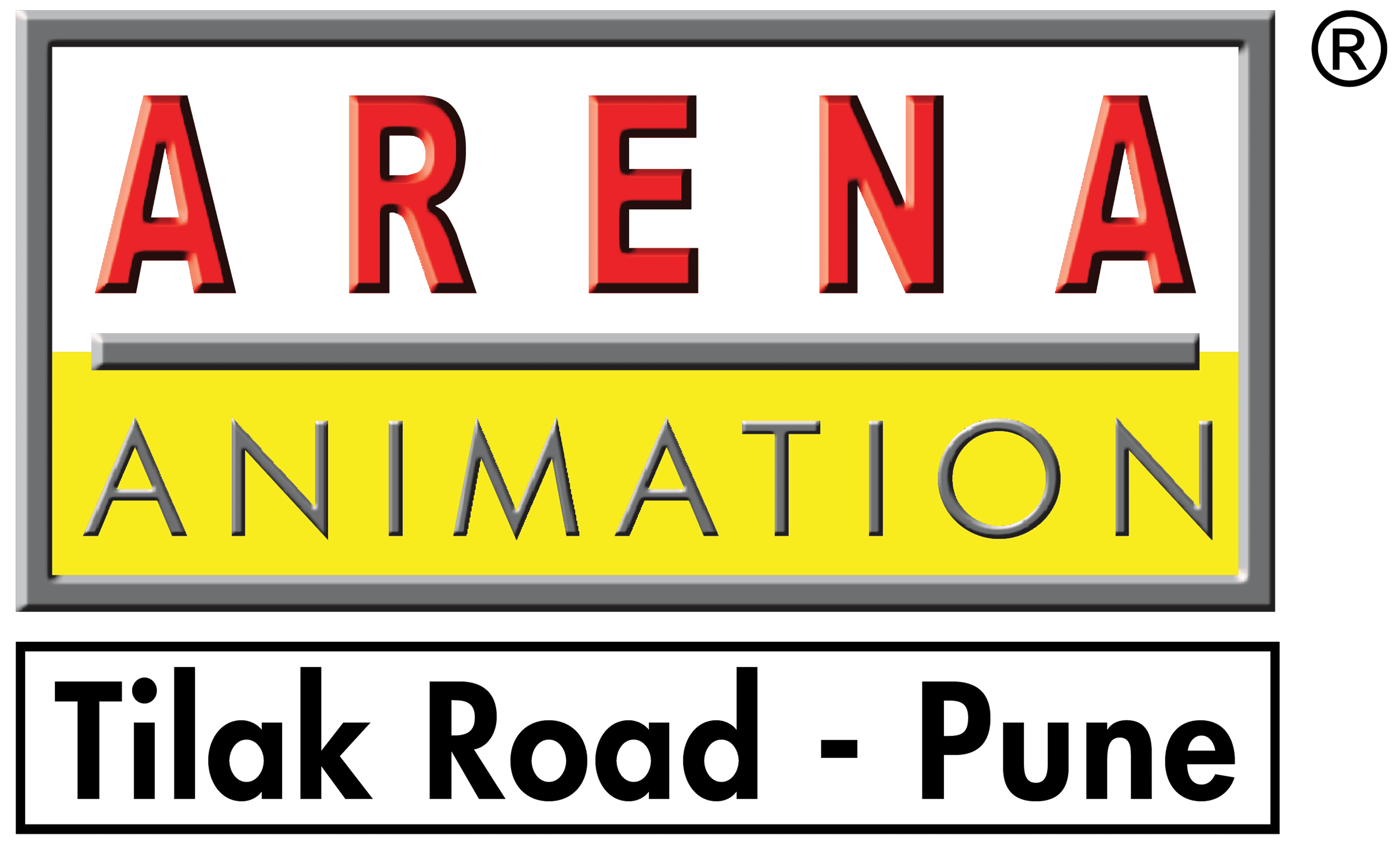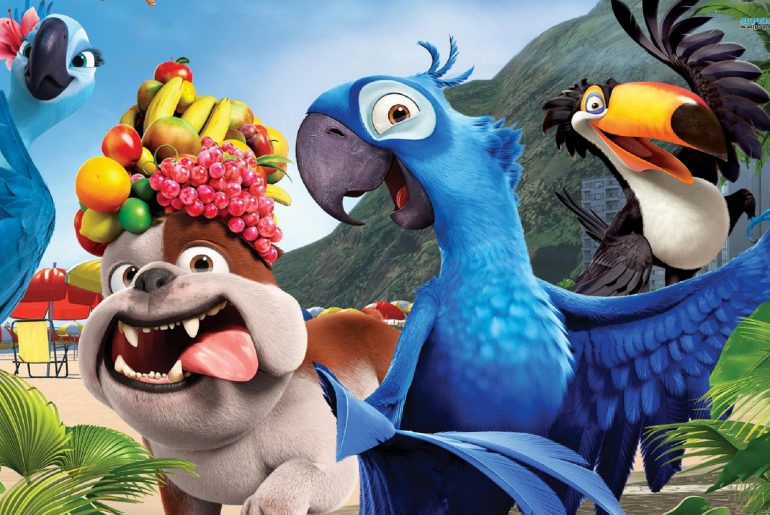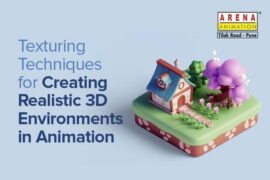Cartoons – That’s the word that hit our mind as soon as we listen to the word ANIMATION. But do you know that there are types of animation as well?
Yes, you read it right. We also have types of animation. Before we discuss the types, let’s know the fundamentals first. The animation can be defined as the art of drawing and designing pictorial successions, which involves managing and utilization of still images to create the illusion of movement. The term Animation comes from the Latin words “anima,” which means “life,” and “animare,” which means “to breathe life into.” It consists of still images or “frames,” which, when viewed together in a sequence, gives the illusion of motion more like a flipbook. The process of animation is a Dynamic thing that offers a typical image of virtual reality.
Nowadays, it has been observed that this field is growing strong and will continue to do so. Over the last two decades, animated movies have outperformed all other categories of film at the domestic and worldwide box office. The future of animation lies in the ability of creative’s to continue to design, create, and explore new possibilities. The spreading of excellent software to the masses and freedom from constraints means it’s up to you and what lies in your head, not the capabilities of your machine, and that’s where Arena Animation Tilak Road comes in the picture. Talking about the types of animation, they are discussed below –
- Traditional animation is a long process. Each frame here is thoroughly drawn. Whether the frame showcases every movement, whether it is big or small, each movement has a set of frames.
- 2D animation
The vector-based 2D animation is similar to traditional animation. However, this style of animation is created using specific programs for example Flash. Animators here have a choice not to draw each frame individually. They can instead opt to move only a body part or object in the frame to show movement in order to save time and effort.
- 3D animation
3D animation requires a distinctive set of technical and professional skills. This technique is more like picturizing the movement of a puppet on screen, instead of showing change through frames.
- Flipbook Animation
This animation method is very much different from the others as it involves moving around graphical elements. However, motion graphics use texts to create an animation.
- Stop-motion animation
Stop motion requires filming an object in a continuous episode of pictures. Even the tiny movement gets its own shot. To make sure that the animation is running fluidly and there are no hard breaks, he ensures that each movement is captured in proper order.
Animation courses in Pune are available in three formats-
- Bachelor’s Degree (Bachelor’s Degree programs are UG Degree courses with duration of 3 years).
- Diploma courses (Diploma programs are generally for a period of 1 year. The duration of the course may vary from one institute to another. Some institutes offer even 6 months tenured Diploma courses)
- Certificate courses (this programs’ duration depends on the conducting institute. Course duration could be in between 3-6 months.)
Individuals who have passed 10+2 in any stream- Science, Commerce or Arts from a recognized board are eligible to pursue this reputed course. The eligibility is according to the minimum marks criteria that may exist in the case of some institutes (around 50% marks).
The animation with which we are up to these days is the finest and at the peak of quality. There is nothing wrong to expect a little enhanced version in future. The future of animation is boundless. Each year we have new tools and techniques that allow us to create things quicker and easier than the year before. The animation is used in all areas of our lives now, and the only real limitation is one’s imagination.




